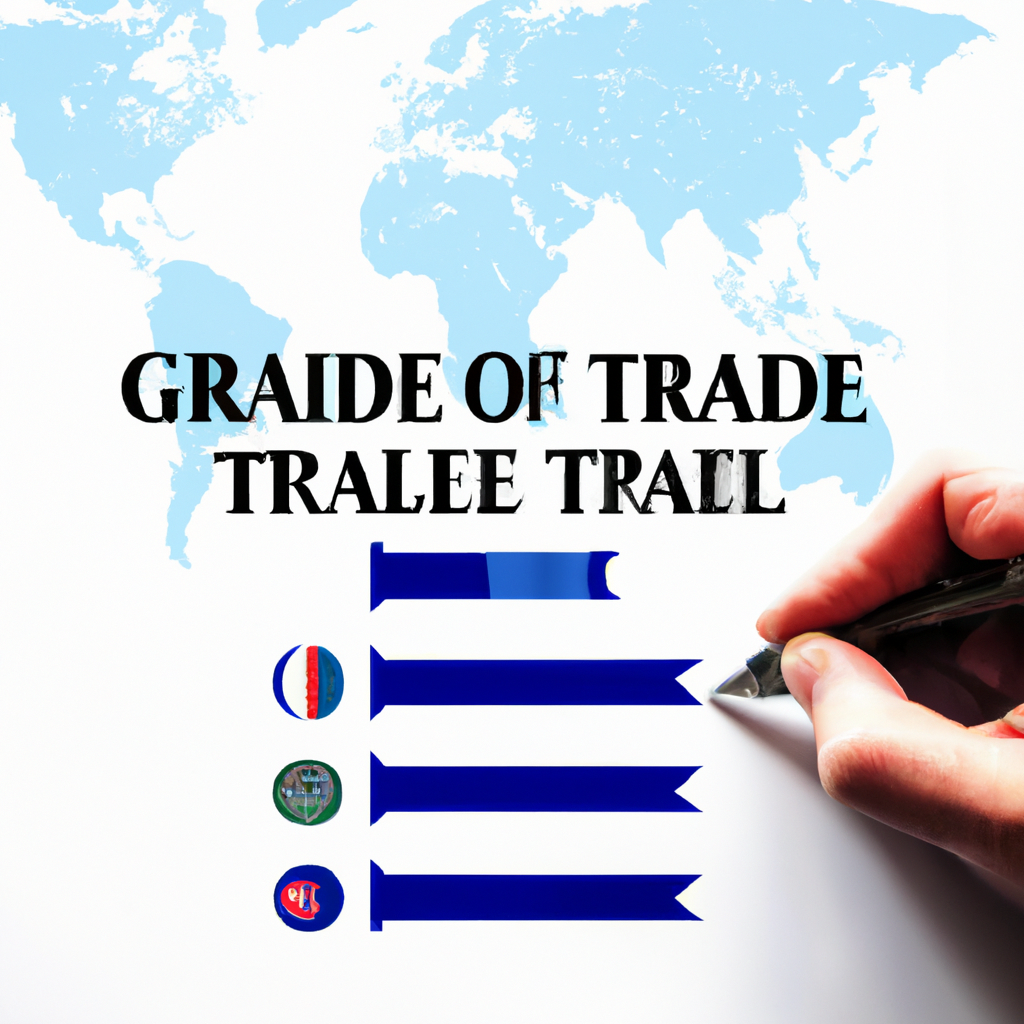
Global Trade Finance Trends
Introduction
Global trade finance is an essential component of international trade, facilitating the movement of goods and services across borders. It involves various financial instruments and services that help businesses mitigate risks and ensure smooth transactions. In recent years, several trends have emerged in global trade finance, driven by technological advancements, changing regulatory landscapes, and geopolitical factors.
Digitalization of Trade Finance
Digitalization has revolutionized the trade finance industry, streamlining processes and reducing paperwork. The use of electronic platforms and blockchain technology has made trade finance more efficient, transparent, and secure. Digital platforms enable seamless collaboration between multiple parties involved in a trade transaction, including buyers, sellers, banks, and logistics providers. This trend has significantly reduced the time and costs associated with trade finance operations.
Supply Chain Finance
Supply chain finance has gained prominence in recent years as a means to optimize working capital and enhance cash flow for businesses. It involves the use of financial instruments, such as factoring and reverse factoring, to provide liquidity to suppliers and buyers in a supply chain. This trend has allowed businesses to better manage their cash flows, strengthen supplier relationships, and reduce supply chain risks.
Trade Finance for Small and Medium Enterprises (SMEs)
Access to trade finance has historically been a challenge for small and medium-sized enterprises (SMEs). However, there has been a growing emphasis on providing trade finance solutions tailored to the needs of SMEs. Governments, international organizations, and financial institutions are working together to develop specialized programs and initiatives that enable SMEs to access affordable trade finance. This trend aims to promote inclusive growth and support the internationalization of SMEs.
Sustainable Trade Finance
Sustainability has become a key focus in global trade, and trade finance is no exception. Sustainable trade finance involves incorporating environmental, social, and governance (ESG) criteria into trade finance operations. Financial institutions are increasingly offering green trade finance products, which incentivize sustainable practices and support environmentally friendly trade activities. This trend reflects the growing demand for responsible and sustainable trade.
Regionalization of Trade Finance
The geopolitical landscape and changing trade policies have led to a regionalization of trade finance. As global trade dynamics shift, regional trade agreements and initiatives have gained prominence. Regional development banks and financial institutions are playing a crucial role in providing trade finance support within specific regions. This trend aims to enhance regional economic integration, boost intra-regional trade, and reduce reliance on global trade finance hubs.
Conclusion
Global trade finance is evolving rapidly, driven by digitalization, supply chain optimization, support for SMEs, sustainability, and regionalization. These trends are reshaping the trade finance landscape, making it more accessible, efficient, and sustainable. As businesses continue to navigate the complexities of international trade, staying abreast of these trends will be crucial to harnessing the benefits of global trade finance.





